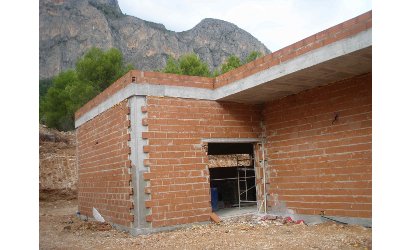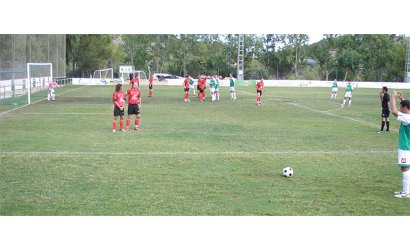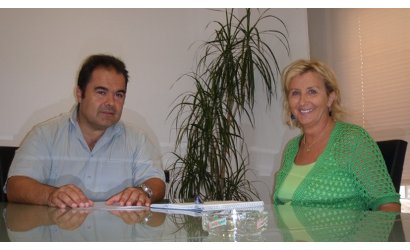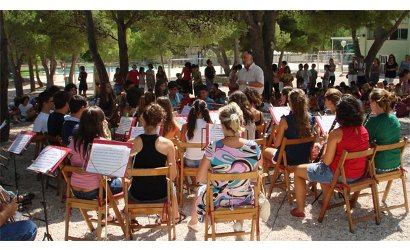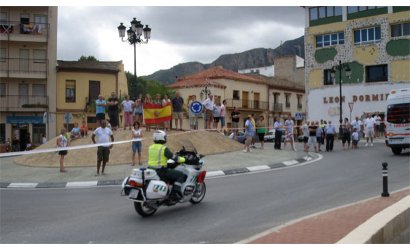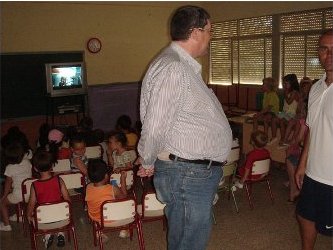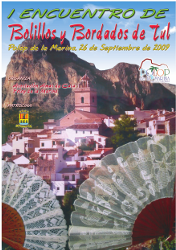 El próximo día 26 de septiembre tendrá lugar en Polop de la Marina el I Encuentro de Bolillos y Bordados de Tul organizado por la Asociación Amas de Casa, con la colaboración de la Concejalía de Cultura del Ayuntamiento de Polop, así como de diferentes comercios y entidades bancarias de la localidad.
El próximo día 26 de septiembre tendrá lugar en Polop de la Marina el I Encuentro de Bolillos y Bordados de Tul organizado por la Asociación Amas de Casa, con la colaboración de la Concejalía de Cultura del Ayuntamiento de Polop, así como de diferentes comercios y entidades bancarias de la localidad.
